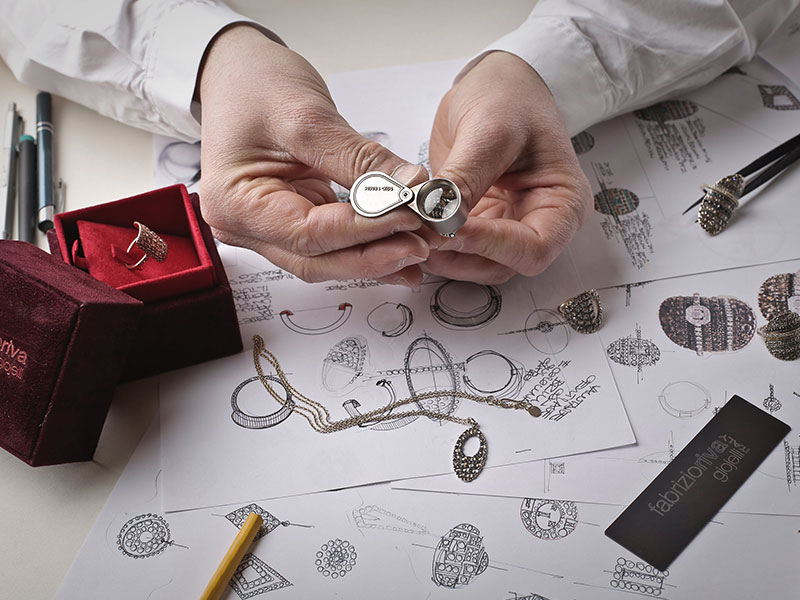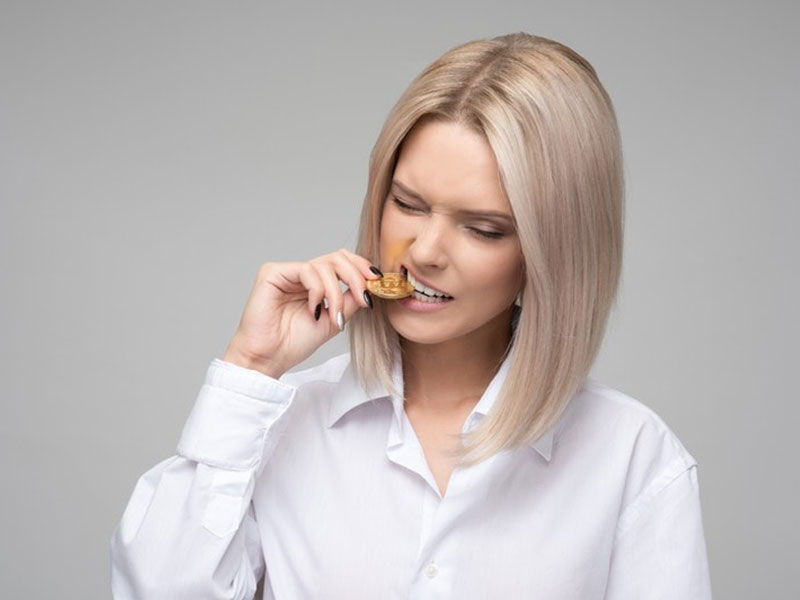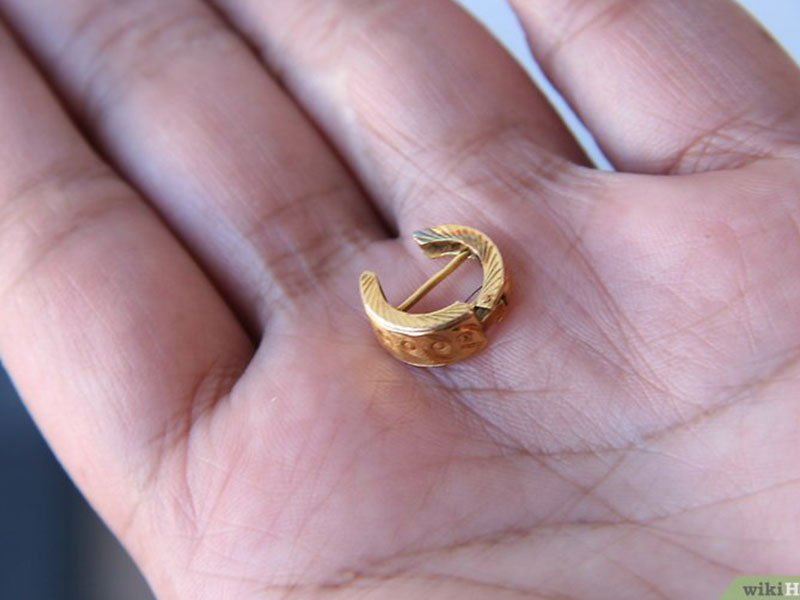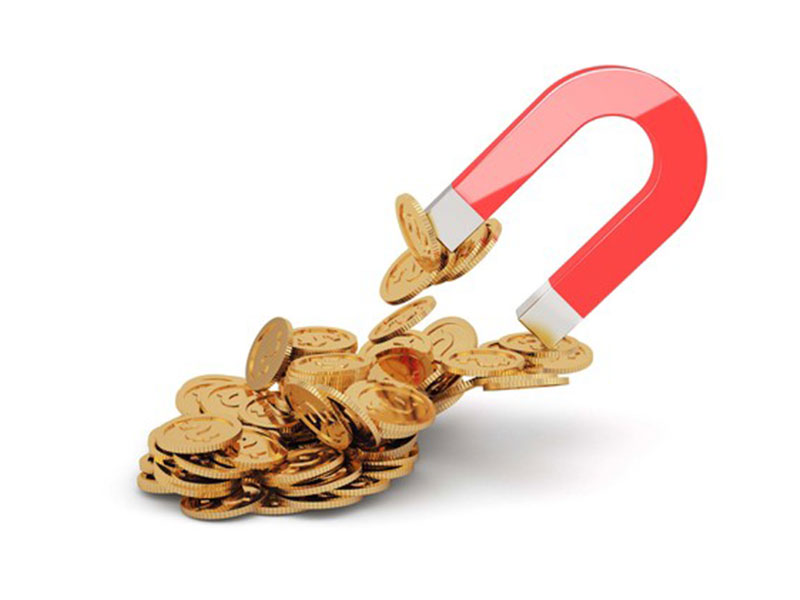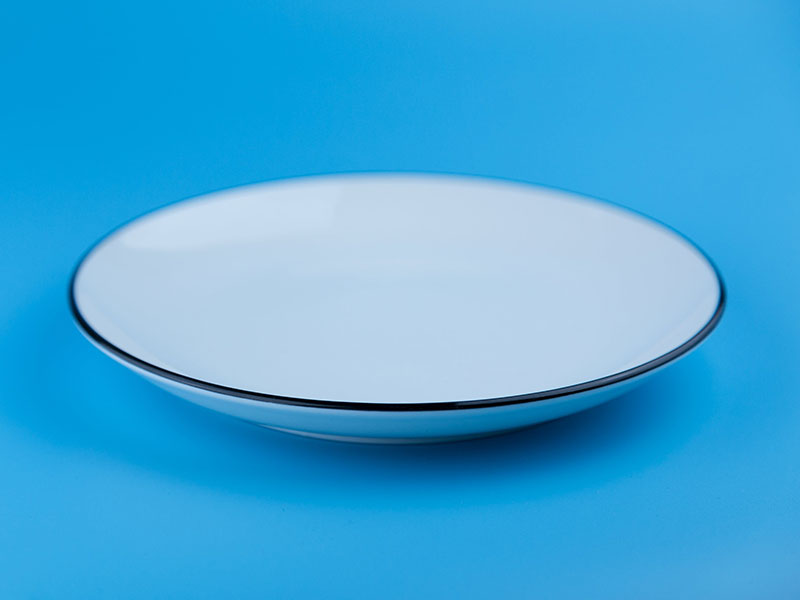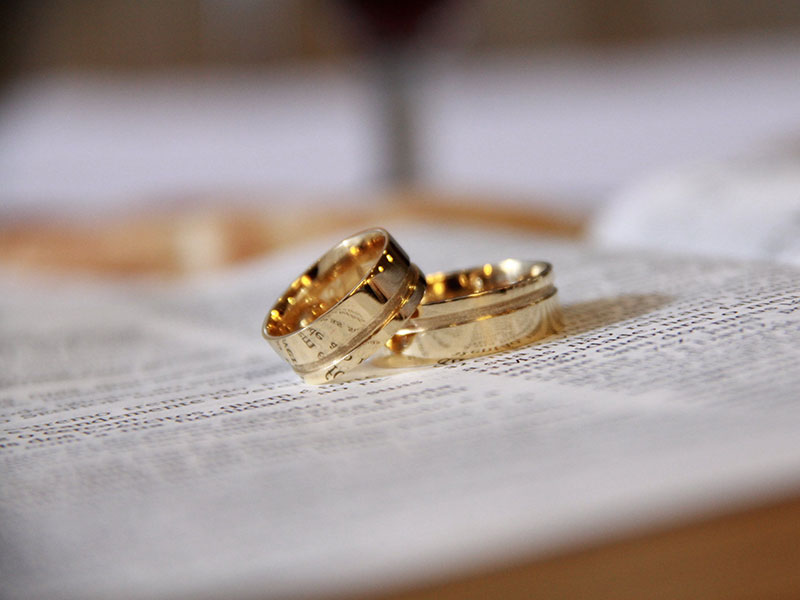According to US standards, gold with a gold content below 10 carats is a fake gold. If you want to know the authenticity of gold, the most reliable way is to ask certified jewelers to test gold. If you know how to identify gold, you can uncover a treasure at yard sales and flea markets. If you can’t test the gold by yourself, here are some ways you can refer to.
◆ Examine the surface of the gold jewellery and look for official signs.
The signs indicate the purity of gold (1-999 or 0.1-0.999) or the number of carats (10K, 14K, 18K, 22K or 24K). You can look better with a magnifying glass. Sometimes, the signs on the old gold may wear out. Fake gold may also be marked so further verification is required. In addition, looking carefully for any green or black spot that may be visible, these markings indicates fake gold. Pay particular attention to edges and clasps when examining the surface of the gold as this is often where the discoloration appears.
◆ Take a bite of the gold piece, fake gold will not dent it all on a bit test, real gold will. However, we do not recommend this method because it may damage the teeth. In addition, since lead is softer than gold, bit marks are also left on the gold-plated lead.
◆ Hold the gold item in your hand and pay attention to the weight. Real gold is very dense and heavy but fake gold will feel lighter.
◆ Use a magnet to attract the gold. Gold is not a magnetic metal, so if the gold is attracted by a magnet, it is fake. However, the fact that it cannot be attracted by a magnet alone does not prove that the gold is true, because it may also be made of other non-magnetic metals.
◆ Scraping porcelain plate. This is a good way to tell real gold from fake, but your gold may be scratched. Look for an unglazed porcelain plate. Use a gold jewelry to scrape the porcelain plate. If the scratches left on the porcelain plate are black, your gold is not real gold. If the scratches are golden, it is real gold.
